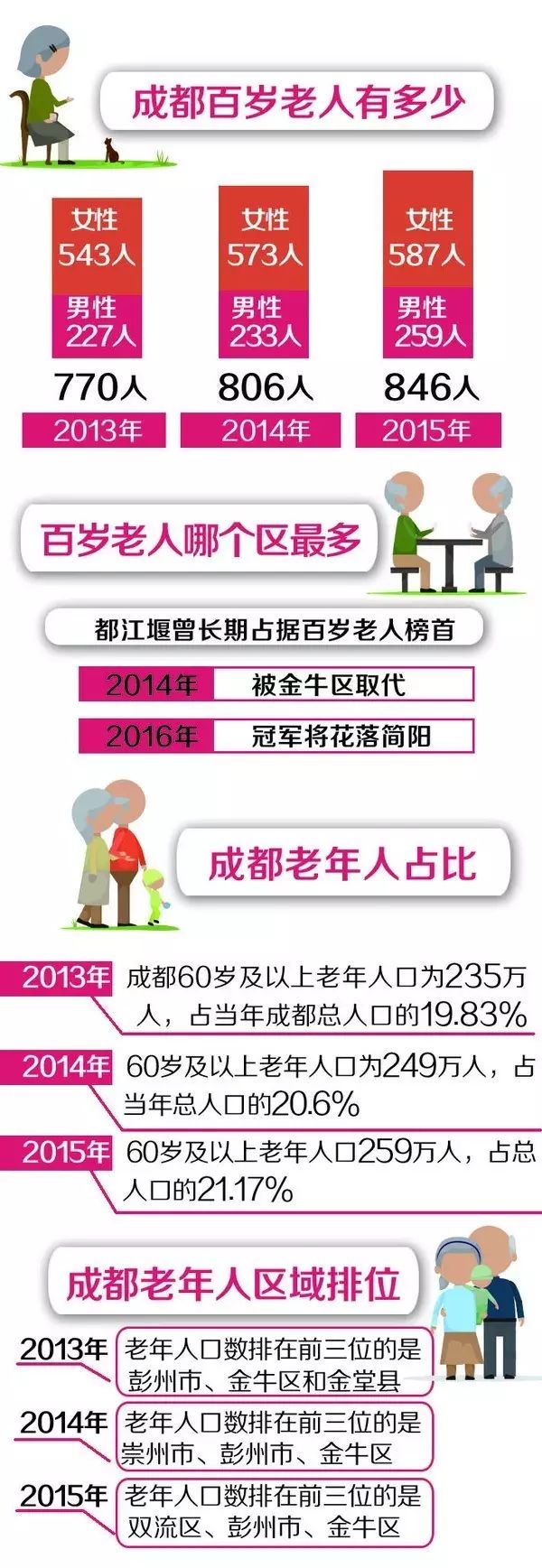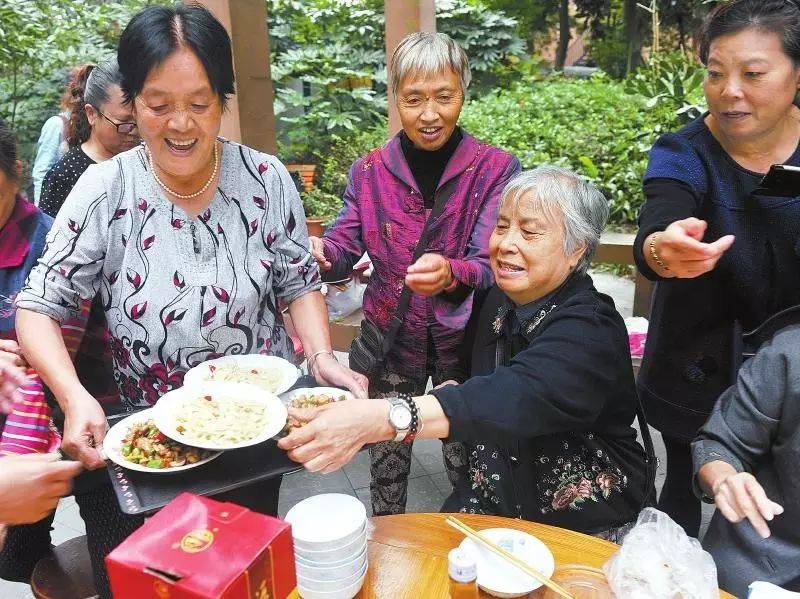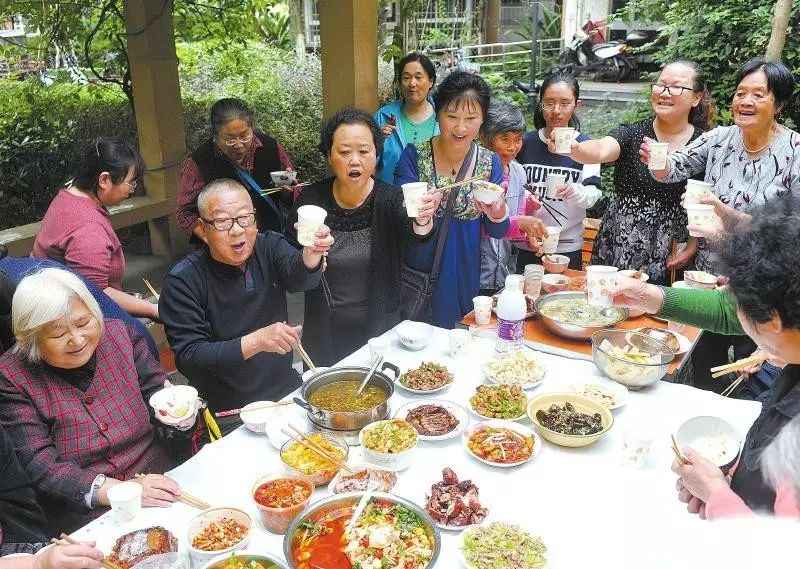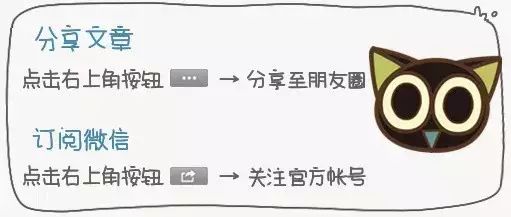
Chengdu Aging Committee has released data indicating that centenarians continue to exhibit “Yin dominance and Yang deficiency“, with urban and rural populations being relatively equal.
As of December 31, 2015, there are a total of 846 centenarians in Chengdu, an increase of 40 from the previous year. Among these 846 centenarians, the number of females is twice that of males, with urban and rural populations each accounting for half.

Previously, Dujiangyan held the top position for centenarians for a long time, but after 2014, it was replaced by the Jinniu District. However, according to the responsible person, it is predicted that in 2016, the champion will be Jianyang. Jianyang has over 300,000 elderly residents, equivalent to the total population of Xinjin County, and currently houses 100 centenarians, giving it a significant advantage.
Today, I also learned from the Jinniu District Aging Office that in 2015, the number of elderly residents in Jinniu District ranked among the top three in the city, with a total of 62 centenarians.
Increase of 13 Times in 33 Years
Urban Longevity Surges
By analyzing the historical data on the elderly population and the development status of aging services in Chengdu, it was found that the 846 centenarians in 2015 represent an increase of more than 13 times compared to the 57 centenarians recorded in Chengdu’s first census in 1982.

Three years ago, among Chengdu’s centenarians, there were 458 from rural areas and 312 from urban areas. By the end of 2015, the number of urban centenarians had reached 431, nearly equal to the 415 from rural areas. “Traditional longevity areas are mostly distributed in remote regions,” the Chengdu Aging Office analyzed. With the development of convenient living and medical conditions, as well as a comprehensive social security system, more and more centenarians are appearing in urban areas, making urban longevity increasingly mainstream.
Previously, Dujiangyan held the top position for centenarians for a long time, but after 2014, it was replaced by the Jinniu District.
Feature
Celebration of Chongyang Festival by 30 Elderly Residents in Jinniu
“Self-organized” Community Feast with Each Family Preparing a Chongyang Dish
Yesterday was the Chongyang Festival. In addition to the celebrations held by various streets and communities, 30 elderly residents living in Wuhui Garden on Jiuli Di East Road organized a “self-organized” celebration.
Gathering Together
Each Family Contributes a Home-cooked Dish
On the morning of the 9th, after 10 AM, Wuhui Garden on Jiuli Di East Road was much busier than usual. In a courtyard, residents brought tables, chairs, bowls, chopsticks, and drinks, while others were busy washing and cutting vegetables to prepare for the agreed-upon Chongyang feast.

69-year-old Guo Zhumin is one of the organizers of this Chongyang gathering. He said that the average age of the participating elderly residents is 65, with the oldest nearly 90 years old. Their children have their own families, so this Chongyang Festival, they decided to come together for some fun.
“We originally planned to go to a farm stay,” Guo Zhumin said. Considering the mobility issues of the elderly, they decided to hold the feast in the community, “Let each family contribute a home-cooked dish and together we can have a feast.”
By 11 AM that day, on a simple 4-meter-long table, over 20 dishes including twice-cooked pork, dry-fried chicken, and steamed pork were laid out, and the elderly exchanged blessings amidst the lively atmosphere.
Community: 70% of Residents are Elderly, Will Promote This Activity in the Future
Witnessing the joyful lives of these elderly residents were also staff from the Wufu New Community who were invited to join.
“At first, I was a bit surprised,” said Zhou Yi, the community leader. He was originally on the phone with his parents to wish them a happy Chongyang Festival when several residents approached him, inviting him to join the feast.

“This community is truly a ‘senior community’,” Zhou Yi said. Currently, there are nearly 400 households in the community, with 70% being elderly residents, “but compared to other ‘senior communities’, this one is much livelier.”
He said that in the future, they will promote this kind of activity to other communities, “It really livens up the community atmosphere and fosters harmony among neighbors.”
Text and Image Editor: Bao Bao, Zhang Qingxin
Post-production: Quan Quan
Please indicate the source when reprinting



